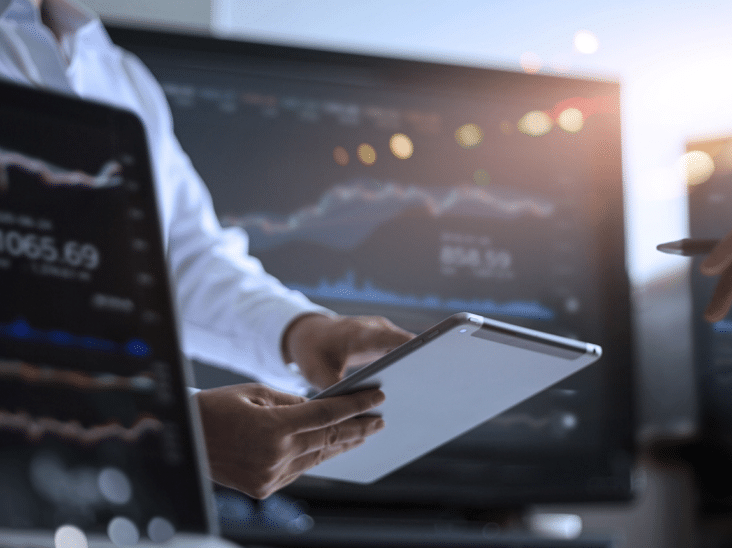All businesses usually plan for annual growth, although not all of them achieve it. Increasing the sales of a company in 2022 is [...]
Read More »Once you are clear about the basic concepts for building commercial software with artificial intelligence where it is defined to whom to devote effort and investment commercial. Which customers have potential and present commercial opportunities to expand their orders or to develop their regular orders.
The next issue to be resolved is how opportunities materialize detected by artificial intelligence. Here we must define the levers and promotions available to the business.

A lever is nothing more than any action that can be carried out by the commercial management, by its commercial force or using the different on-line channels. Let's take a look at some levers:
Payment conditions are of no use if they are static, as in any lever: a static lever ceases to be static and becomes one of the constant variables that define the characteristics of a customer but on which we cannot act.
Predictive models and machine learning allow us to monitor the potential and risk of each customer in order to adjust customer by customer their conditions to provide an optimal service and develop the business safely with them.


Promotionsare one of the most widely used mechanisms to provide greater perceived value to the customer, increase customer loyalty and, as far as possible increasing our margins and market penetration. We can divide promotions into four types:
If you're wondering how artificial intelligence can help a company's optimization of promotionsThe main way in which this is done is through three channels:
It seems obvious, but they should only be used when it pays off for the company and are necessary to meet objectives and provide better customer service.
Often promotions are "wasted" with customers who do not demand or need them, because they are loyal to the product, it is what they need and they are not going to go to the competition. Or also because they are used with customers who do not have potential or do not give us enough margin, or what is the same, they provide little value. And with this we "drain" resources that are necessary to develop the business with other customers.
They are correct from two points of view: because they help us to improve customer loyalty, their margin or the market penetration of certain families. And on the other hand, because the value perceived by the customer is interesting to him, the customer appreciates that we make that effort, that we want to give him a good service in the best conditions.
One of the pioneering developments of the commercial AI-based software The main feature of Gamco: SAIL, is to have a module to suggest promotions (GPR - Gamco Promotions Recommender). These will be suggested of the four types seen above (discount, free merchandise, cross-selling and added heat).
We can ask ourselves how the AI knows how to define those promotions that meet the business objectives and have the greatest impact on the business; the AI knows how to define them because it "sees" the orders of all customers, it can identify which products usually go together in those orders and which is the dominant product or the one that drags the rest of the products, therefore that would be the product to promote to generate, for example, a cross-sale.
In addition, as previously indicated, it knows the customer-to-customer potential and margins, the business opportunities identified by the customer and the prices that can best fit the customer's needs.
All businesses usually plan for annual growth, although not all of them achieve it. Increasing the sales of a company in 2022 is [...]
Read More »Achieving business goals and tracking success is an important aspect of improving any business. In sales, measuring the progress of [...]
Read More »In the previous articles ("Basic concepts to build a commercial software with artificial intelligence" and "How to materialize the opportun [...]
Read More »The commercial optimization software based on artificial intelligence must have feedback of the commercial actions carried out, of the nu [...]
Read More »